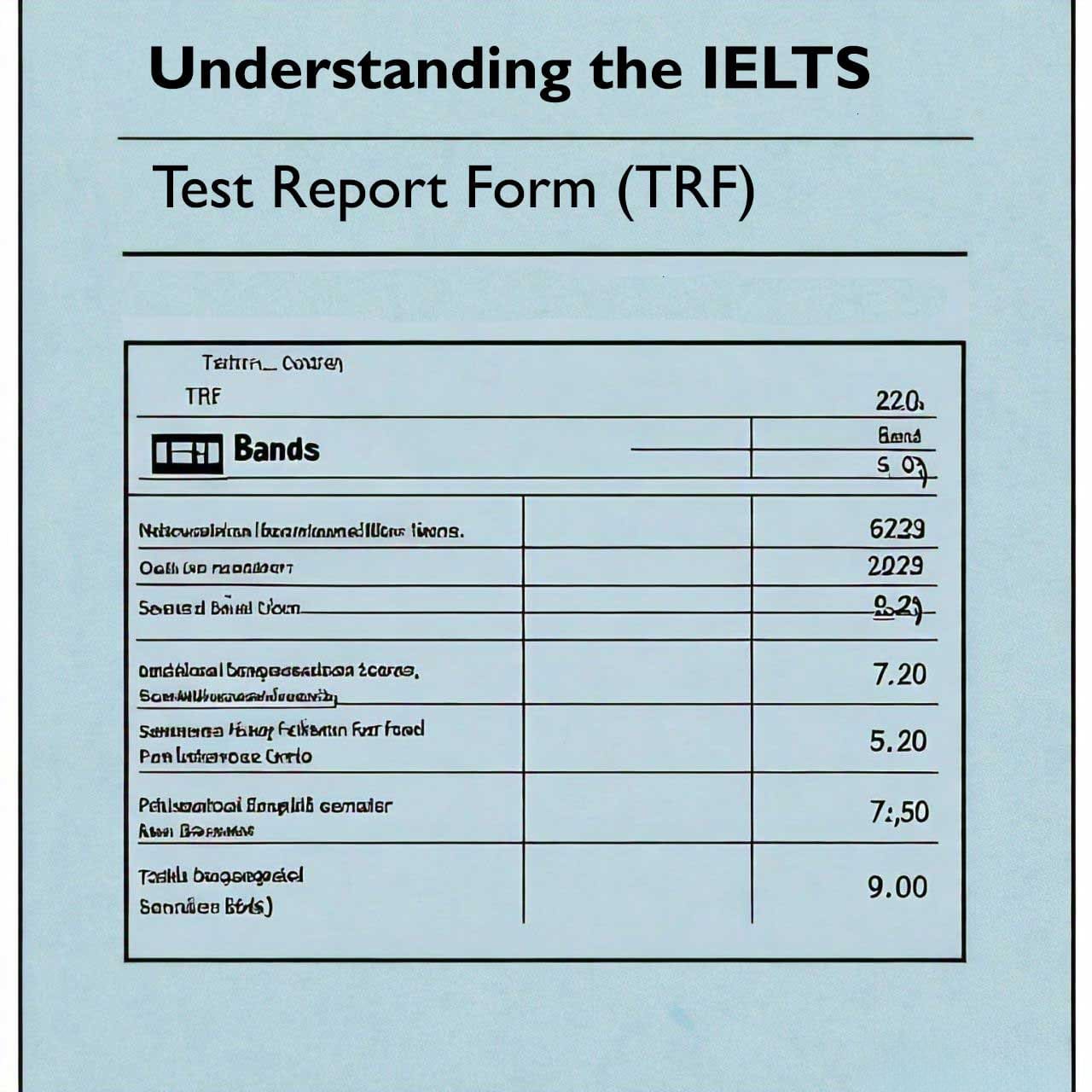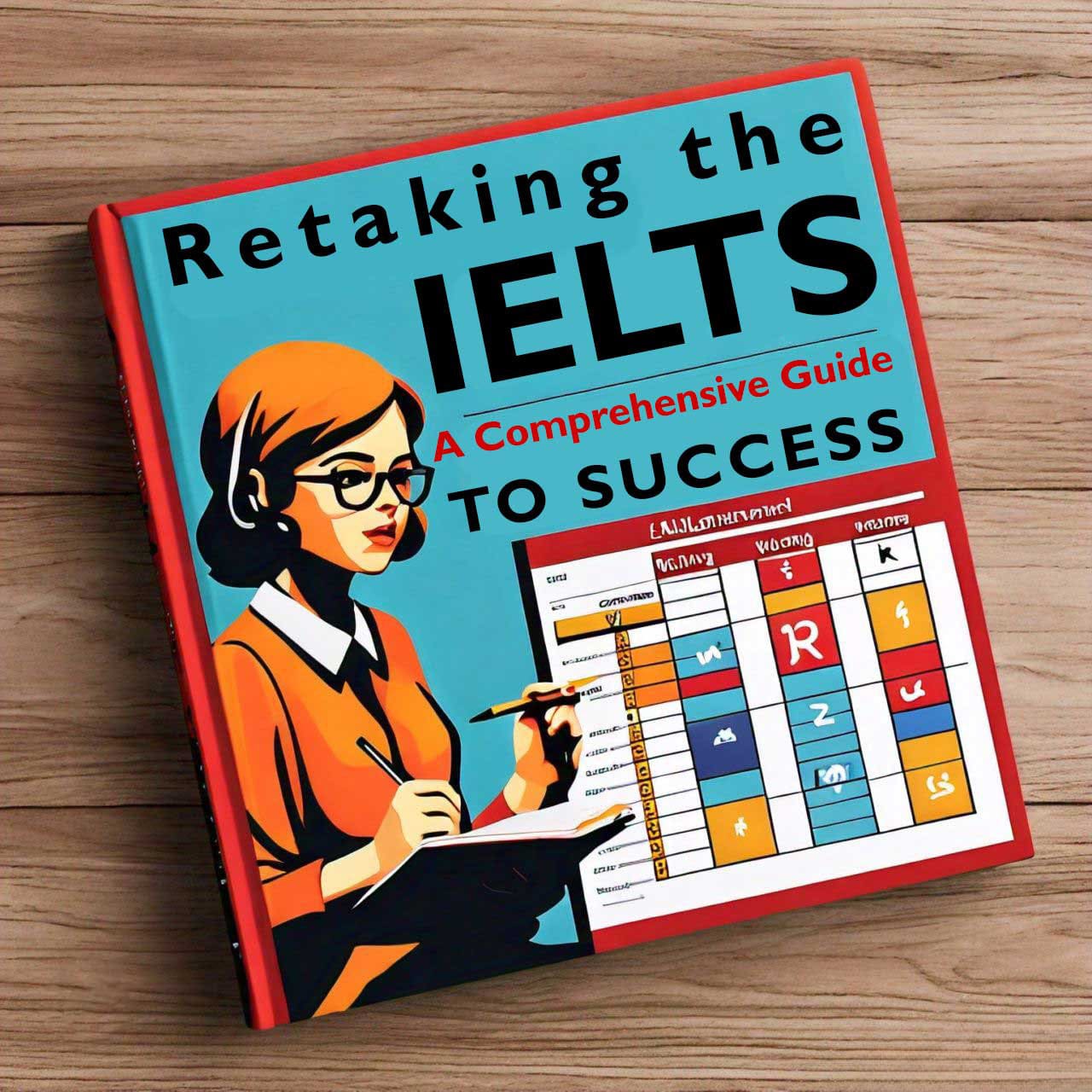Taking the IELTS exam is a significant step for anyone looking to study, work, or migrate to an English-speaking country. One of the key components you’ll receive post-exam is the Test Report Form (TRF). This document provides a detailed overview of your performance and is crucial for applications to universities, immigration authorities, and professional organizations. Here’s a comprehensive guide to understanding your IELTS TRF.
Table of Contents
What is the IELTS Test Report Form (TRF)?
The IELTS TRF is an official document issued by the International English Language Testing System (IELTS) after you have completed your test. It summarizes your performance across the four sections of the test: Listening, Reading, Writing, and Speaking. The TRF provides a clear picture of your English language proficiency, which is essential for various academic and professional pursuits.
Breakdown of the IELTS TRF
1. Personal Information
At the top of the TRF, you will find your personal details, including your:
– Full name
– Date of birth
– Gender
– Candidate number
– Test date
Ensure that all this information is correct as any discrepancies could cause issues with institutions or authorities who will verify your TRF.
2. Test Scores
The IELTS exam scores you on a scale from 0 to 9, with 9 being the highest proficiency level. Your TRF will display scores for each of the four sections:
– Listening: Evaluates your ability to understand spoken English in various contexts.
– Reading: Assesses your reading comprehension skills through texts ranging from descriptive and factual to discursive and analytical.
– Writing: Tests your ability to write responses in a coherent, structured, and grammatically accurate manner.
– Speaking: Measures your spoken English through a face-to-face interview with an examiner.
3. Overall Band Score
In addition to the individual section scores, your TRF will include an Overall Band Score, which is the average of the four section scores. This score is also on the 0 to 9 scale and gives an overall indication of your English language proficiency.
4. Descriptors
Each band score corresponds to a specific level of English proficiency. For example:
– Band 9: Expert user
– Band 8: Very good user
– Band 7: Good user
– Band 6: Competent user
– Band 5: Modest user
Understanding these descriptors helps in interpreting your performance.
5. Test Centre and Administrator Details
The TRF also includes details about the test center where you took the exam and the administrator responsible for the test. This section is crucial for verification purposes.
How to Use Your TRF
University Applications
Most universities in English-speaking countries require an official IELTS score as part of their admission process. Ensure that you send your TRF to the universities where you are applying. Some institutions may ask for electronic verification directly through the IELTS test center.
Immigration
Countries like Canada, the UK, Australia, and New Zealand use IELTS scores as part of their immigration points system. Submit your TRF as part of your application to prove your language proficiency.
Employment
Many employers require proof of English proficiency, particularly in international and multinational companies. Including your TRF in your job applications can enhance your chances of securing employment.
Tips for Safekeeping and Validity
Your IELTS TRF is a vital document, and you’ll want to keep it safe. Here are some tips:
– Multiple Copies: Request additional copies of your TRF if needed. You can send these to multiple institutions or employers.
– Validity: Note that the TRF is valid for two years from the date of your test. Plan your applications accordingly to ensure your scores are accepted within this period.
Conclusion
Understanding your IELTS Test Report Form (TRF) is crucial for leveraging your test results effectively. Whether you’re applying to a university, seeking employment, or migrating to a new country, your TRF is a key document in showcasing your English language skills. Make sure to review your TRF carefully, keep it safe, and use it wisely to achieve your goals.



